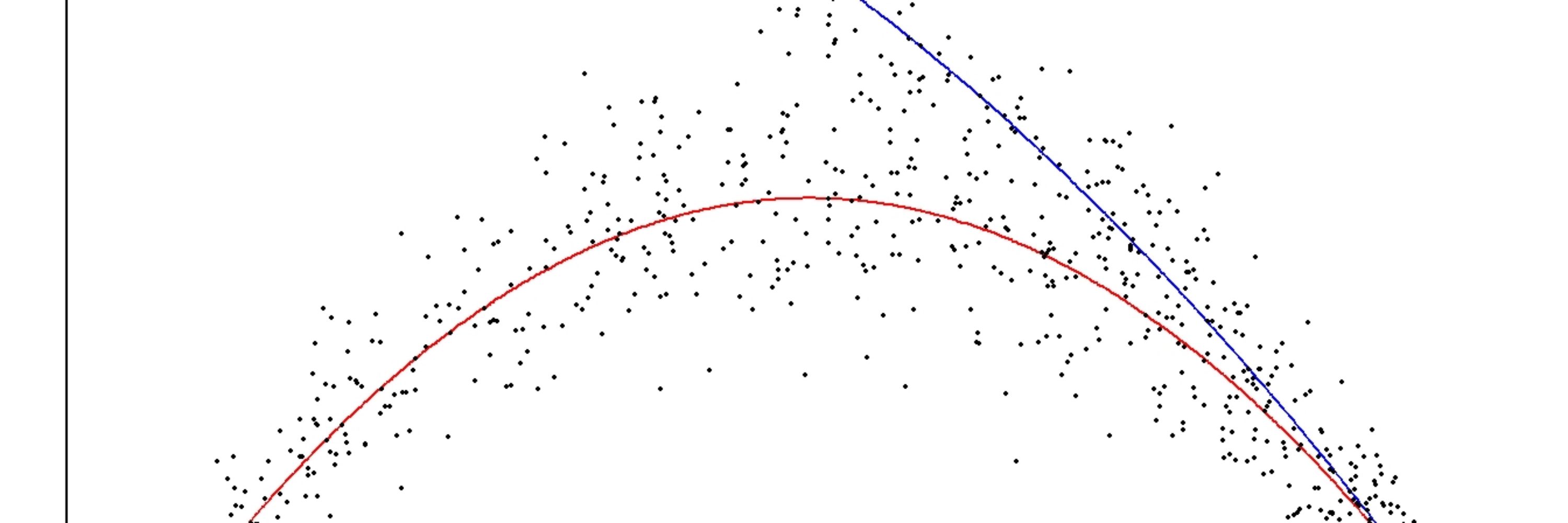James Bland
@jamesbland.bsky.social
950 followers
1.5K following
310 posts
Economist at UToledo. 🇦🇺 Bayesian Econometrics for economic experiments and Behavioral Economics
Free online book on this stuff here: https://jamesblandecon.github.io/StructuralBayesianTechniques/section.html
https://sites.google.com/site/jamesbland/
He/his
Posts
Media
Videos
Starter Packs
Reposted by James Bland










